Alexander Rossi & The Building Of An Indycar Legacy
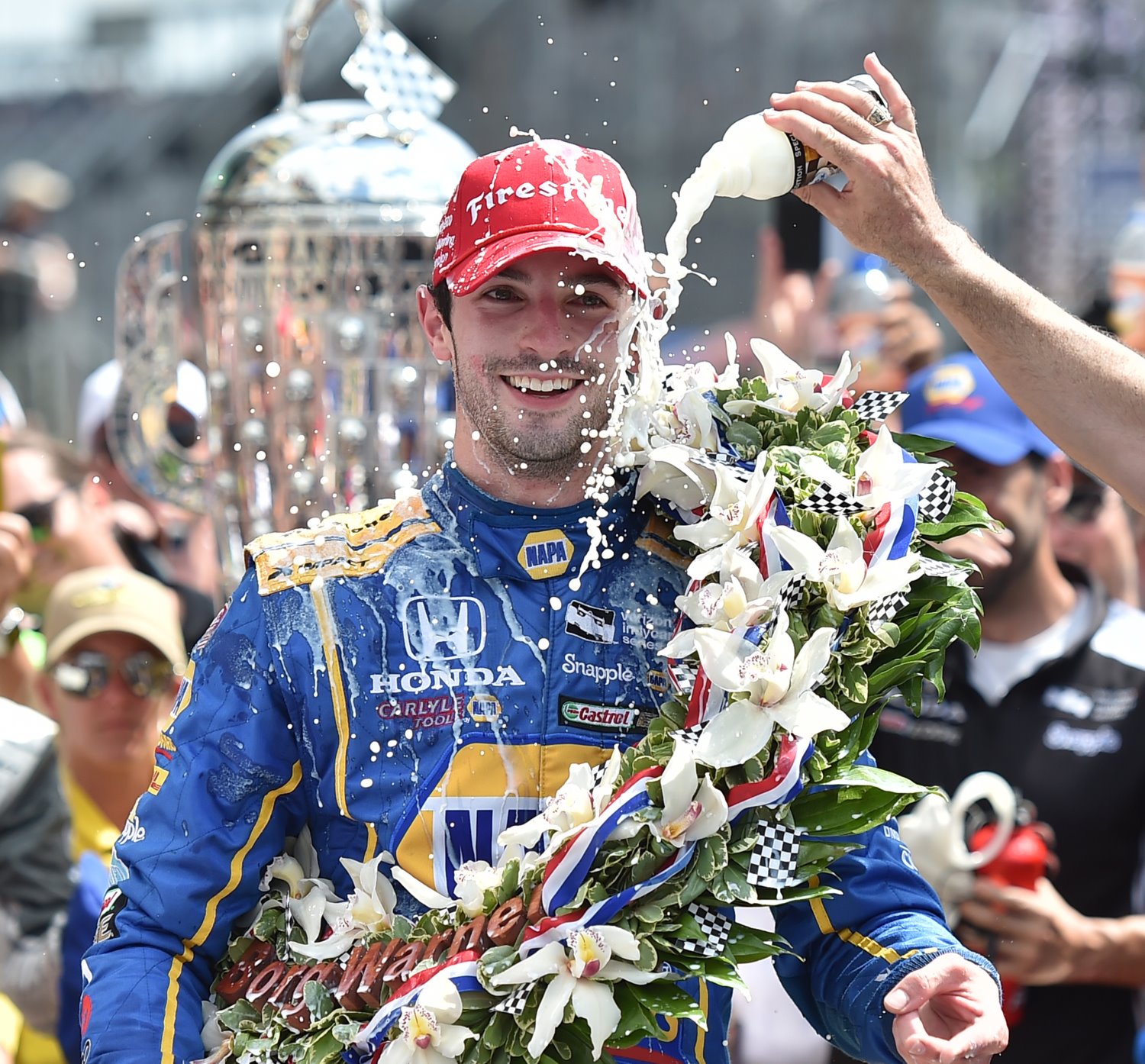 |
| Rossi was in shock after winning the Indy 500 |
From his F1 breakthrough in 2015 to the celebration and elation of securing a rookie Indy 500 victory in 2016, Alexander Rossi’s legacy in motorsports is already more complete than most. But there is plenty more to come from the man who currently holds precisely one more Indianapolis 500 win than Fernando Alonso, as Andy Webb found out…
‘Absolutely’, is Alexander Rossi’s unequivocal response to a now familiar opening question.
Since his 2016 move to the IndyCar Series, the former F1 driver has grown accustomed to being asked whether he is happy in his new racing ‘home’. From the outset, it was something of a loaded question on both sides of the Atlantic.
Sections of the F1 media seemed intent on characterizing his ride with Andretti Autosport as some sort of hard-luck story. Another failed attempt by an American driver trying to crack the sport.
Back home, the reception was muted as fans and media lined up to offer their two cents worth on Rossi’s decision to pursue F1.
“Coming back, people viewed me as almost a traitor, if you will", explains Rossi. “They were like, ‘Oh, why did you want to go and race in Formula 1 in the first place? IndyCar and American racing is the best thing ever’."
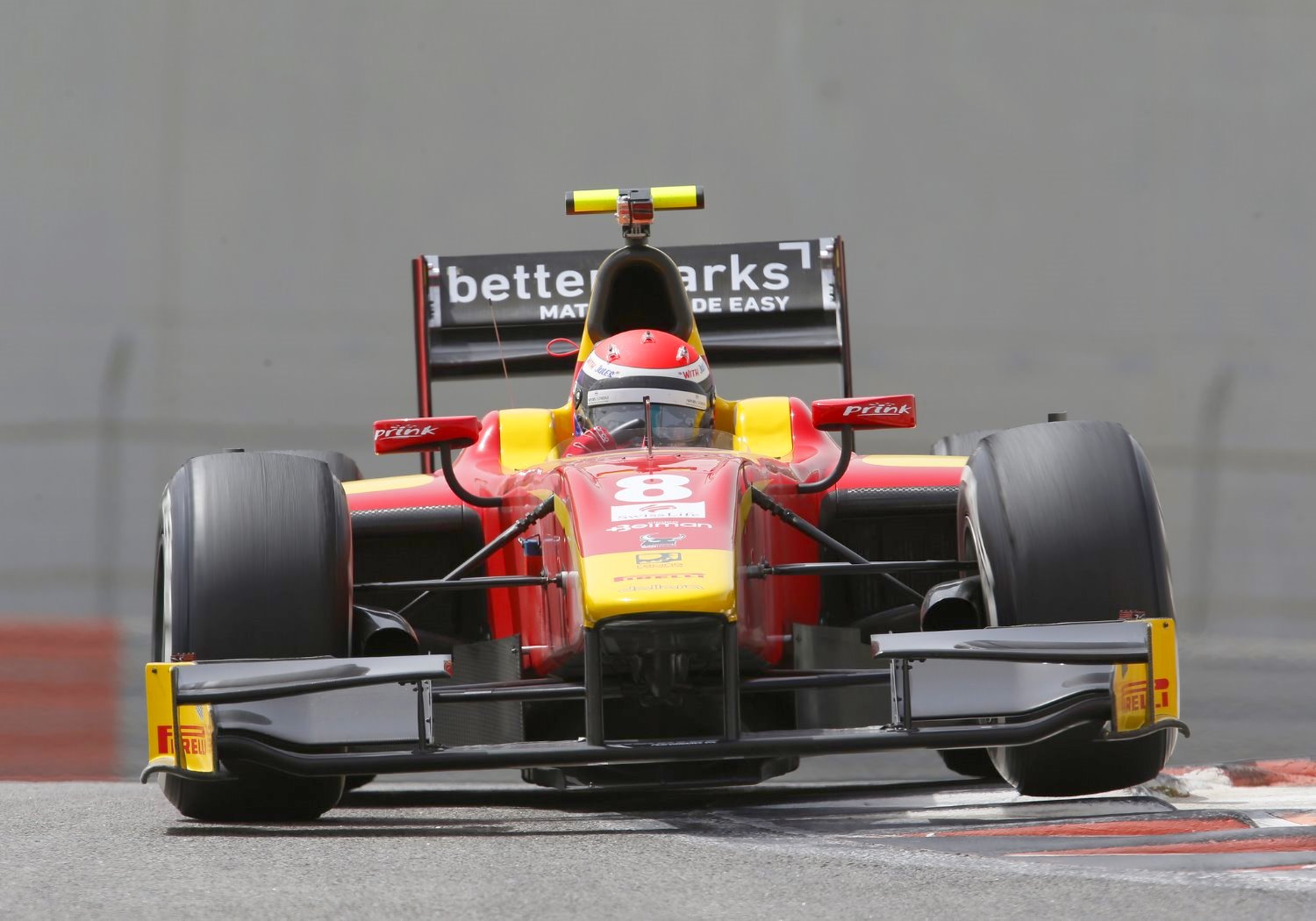 |
| GP2 Bahrain 2015 |
Yet it was ambition, not treachery, that drove a then very young Rossi to chase a racing career in Europe. While his contemporaries dreamed of lifting the Astor Cup and racing at the hallowed Indianapolis Motor Speedway, Rossi applied his focus towards reaching the top step of the F1 podium.
Aged 17, he left the USA to compete against the best and most aspiring F1 talent in the world. Six seasons in World Series by Renault, GP3 and GP2 – now F2 – saw Rossi take on and beat future F1 stars, including that of Daniel Ricciardo and Pierre Gasly.
His bid to emulate the likes of Dan Gurney and Mario Andretti was, however, short-lived. Five races for Manor Marussia in 2015 looked set to secure the American a full-time drive for the following season.
Then, the politics of F1 took over and Rossi found himself without a drive.
A reluctance to discuss ‘what might have been’ would be expected of a racer who completed his F1 apprenticeship with distinction. Rossi’s GP2 resume alone boasts 4 wins, 11 podiums and a championship runner-up finish in 2015. Yet, in complete contrast, he comes across as entirely at peace with his departure from F1 and his subsequent move to IndyCar.
“I feel very grateful that the opportunity came about when it did in 2016, when the Manor deal kind of fell through", recalls Rossi of his move to IndyCar. “It’s a perfect example of when one door closes, another one opens. I feel very happy that I’m here."
“While I spent a lot of time in Europe, I’m born and raised in California, and I do love this championship and this series a lot", says Rossi.
As far as Rossi is concerned, a full-time drive with one of IndyCar’s powerhouse teams is not a consolation prize. Far from it; the Californian is genuine in his affection for the re-energised IndyCar Series.
These are not sponsor-pleasing sound bites or well-worn clichés. Rossi is a straight shooter and, while looking back on his time in Europe and IndyCar, he zeros in on one particular issue that differentiates the two: Paddock politics.
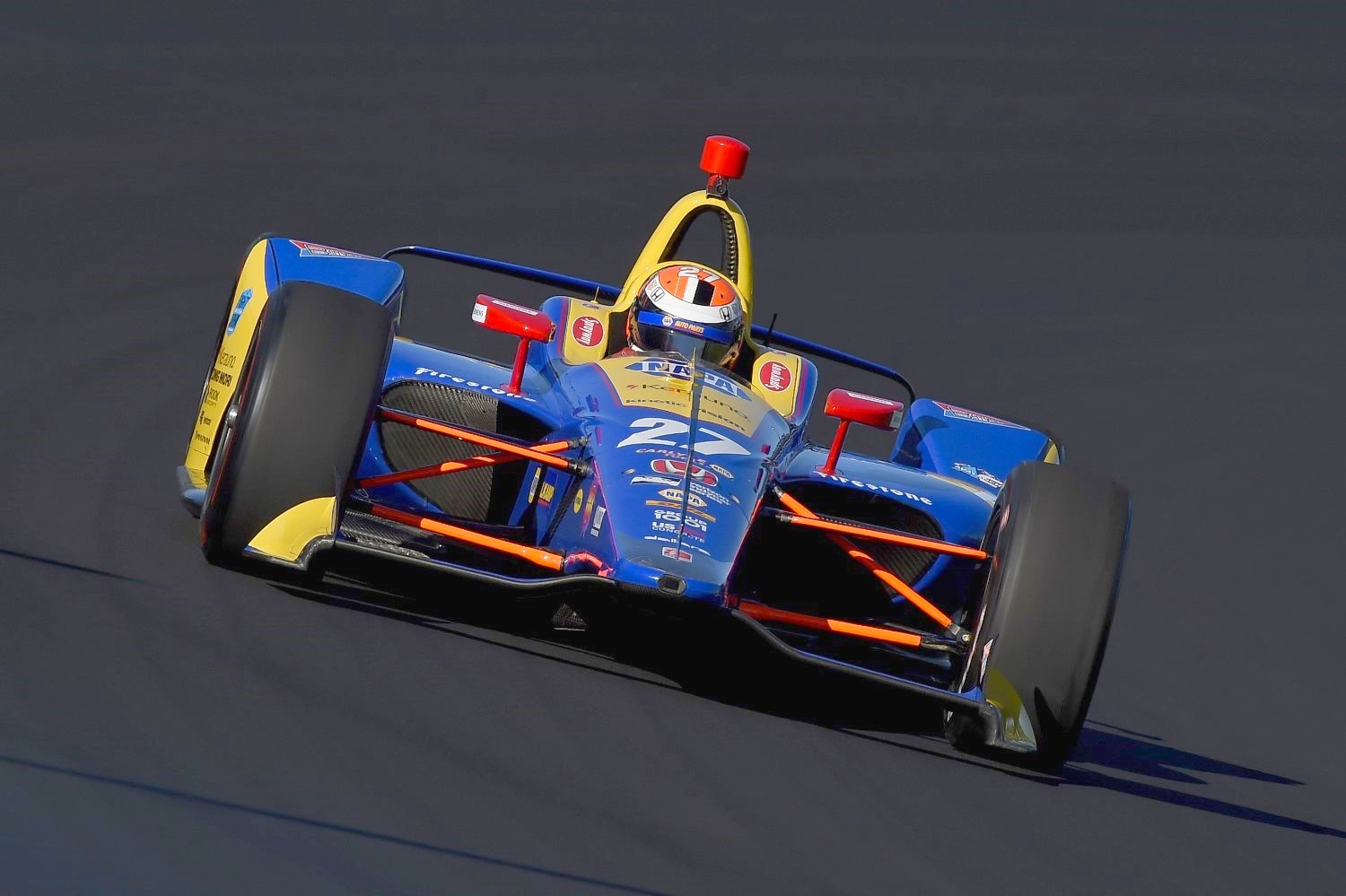 |
| Testing at Indy |
“When I started in go-karts, I fell in love with racing", he explains. “I feel like, in some aspects, true motorsports kind of takes a back seat over in Europe, because – as we all know – it’s a very political game."
“Whereas in IndyCar, politics for sure still exist, but it’s to a much lesser extent."
Rossi understands the political machinations of F1 all too well. The chance to drive full-time for Manor Racing disappeared almost overnight when the team scored a supply of Mercedes turbo-hybrid engines.
Securing the coveted power unit came with a proviso, as most deals in F1 do: a race seat for then Mercedes protégé Pascal Werhlein. Meanwhile, Indonesian driver and fellow GP2 race winner Rio Haryanto was securing the second seat, in part thanks to some hefty financial backing. Leaving Rossi to face the prospect of watching the 2016 F1 season from the pit wall.
Fast forward three years and 48 IndyCar races later, Rossi displays not even a hint of regret. In its place, is an authentic appreciation for the series and its uncomplicated approach to racing.
Indeed the 27-year-old believes he has rediscovered something that was lost during his time in Europe and, ultimately, F1.
“You have that kind of – what I imagine to be – the old-school, purist form of motorsport, with guys going to the track for the love of racing and winning."
Back in love with racing, the winning quickly followed, culminating in a fairy-tale run to victory on the greatest stage of all – the 100th running of the Indianapolis 500.
It was to be a watershed moment for Rossi, marking his arrival on the scene and cementing his place in motorsport history. America began to warm to their prodigal son.
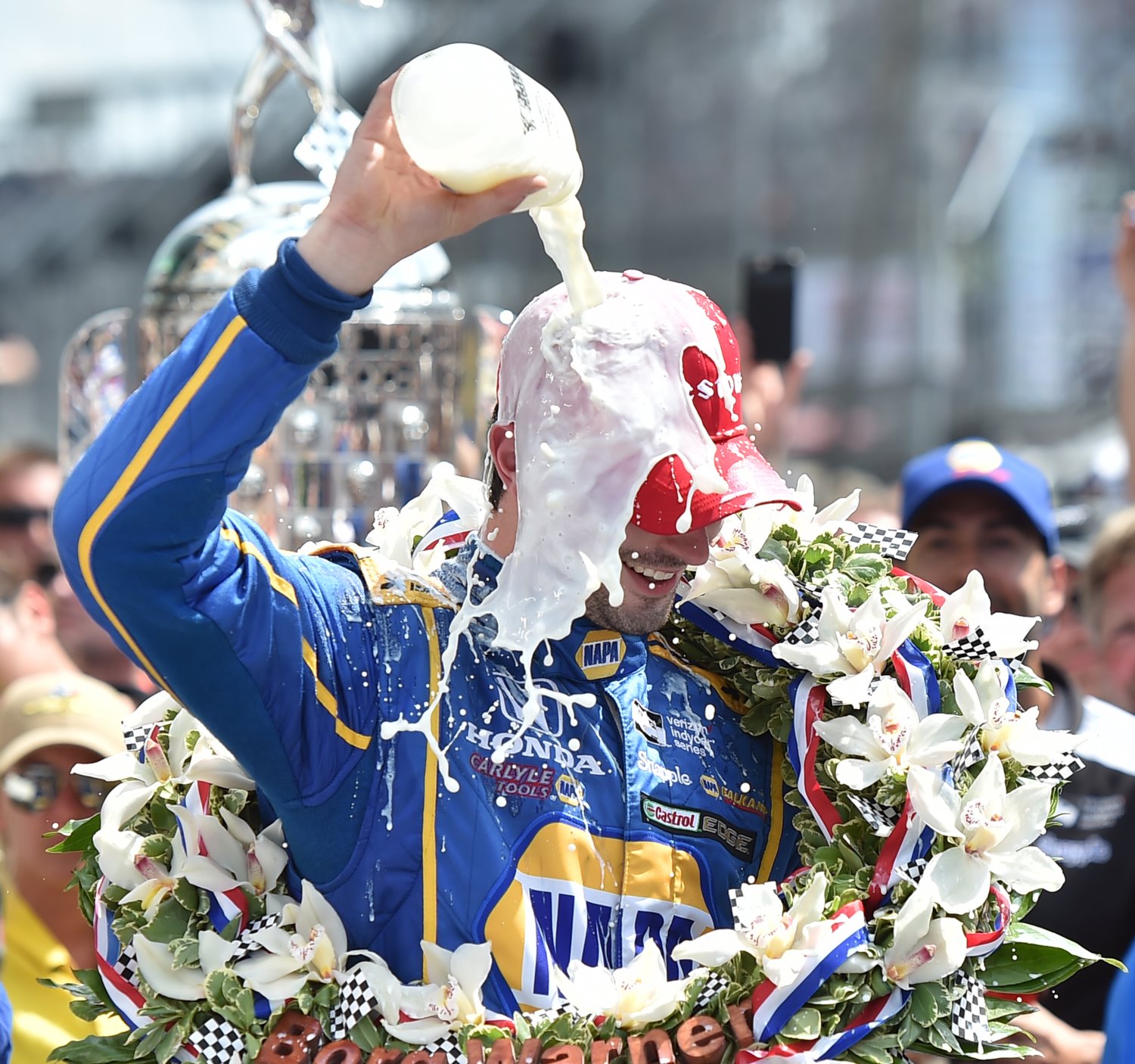 |
| The traditional milk bath |
Since that historic day, his #27 NAPA-supported Honda has become a regular contender, week-in, week-out across IndyCar’s diverse schedule, culminating in an epic battle with Scott Dixon for this year’s championship. A fight that went down to the wire, only for Rossi to come up short against one of the all-time greats of the sport.
Having endured that switch from ‘traitor’ to hero, Rossi is no doubt well-placed to discuss the relative merits of racing in IndyCar and F1. And, given the social media savvy podcaster that he is – he co-hosts ‘Off Track’ with rival James Hinchcliffe – it is no surprise that he focuses on motorsports’ current hot topic: fan engagement.
“I think one of the reasons why IndyCar is kind of on an upward trend, as opposed to NASCAR or even F1 for that matter, is because fans are given complete access to the drivers", says Rossi.
Pressed on the significance, Rossi explains that it is more than just the opportunity for an autograph or an Instagram selfie: “You see the same people at race tracks all across the United States", he explains of IndyCar’s unique fanbase.
“They know they are going to be able to talk to me, or talk to Scott Dixon, or whoever, and get to know how they’re doing this weekend and get to talk to them about what goes on behind the scenes."
“It’s one of the very special things about IndyCar, and something that’s very cool to be a part of", he concludes.
Rossi admits that though it can be challenging – for example, taking 25 minutes to get to the bathroom at Indianapolis during the month of May – he believes drivers also gain from IndyCar’s openness. Fans may have almost unfettered access to teams and drivers, but it is a two-way street.
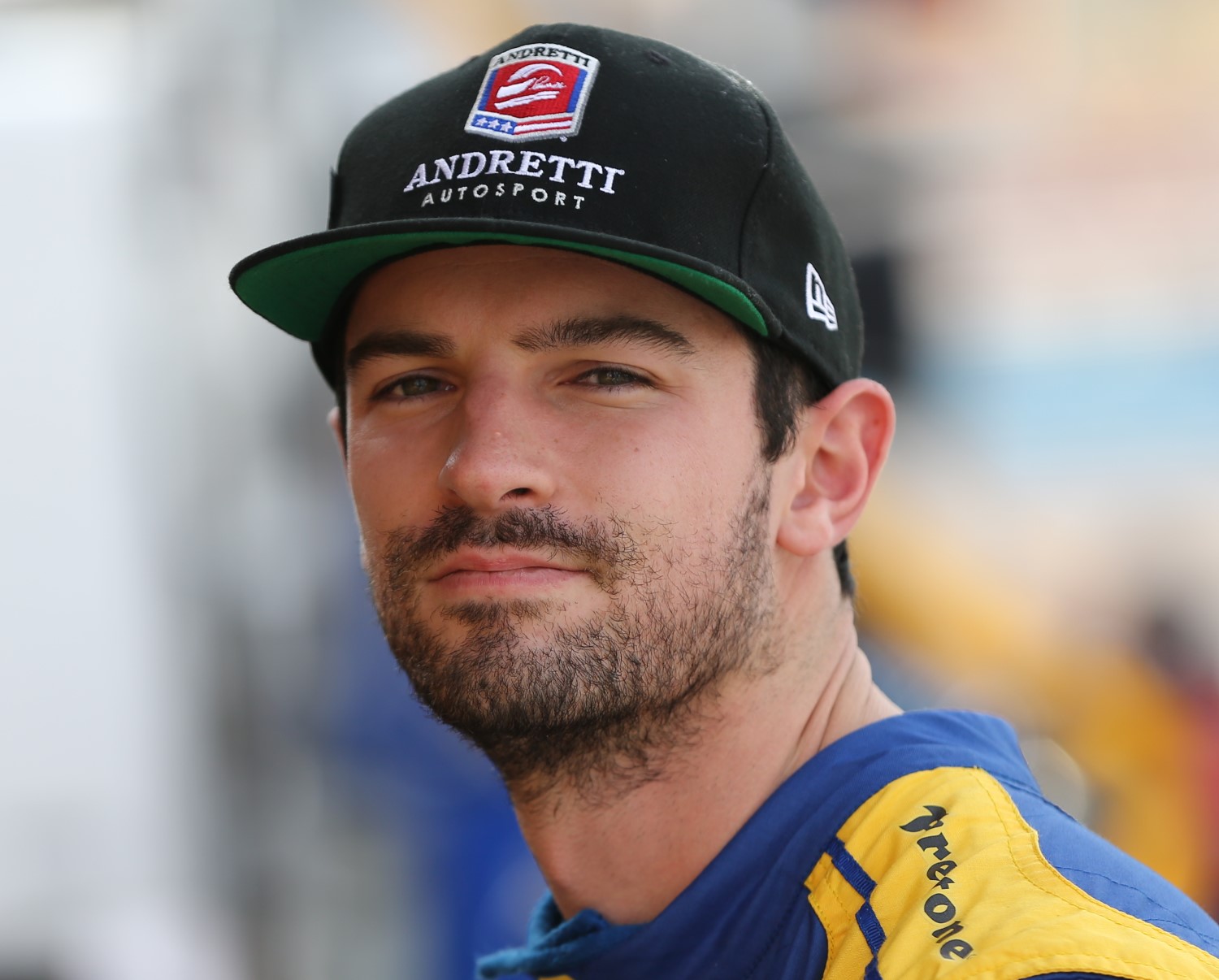 |
| Rossi's confidence grows, but he remains humble |
“You always have the people who are like, ‘We believe in you no matter what’ and ‘it will be fine tomorrow’", says Rossi. “That’s a nice thing to have on the days that aren’t so good."
And then, of course, there’s the Fernando Alonso factor.
Working on the opposite end of the spectrum to the close-knit community that is the IndyCar paddock, the presence of arguably the most famous racing driver in the world has evidently been all about bringing a global appeal to the series.
“I think that’s more helped Europe’s relationship with IndyCar," he says. “I remember when he did his first test at Indianapolis, and they streamed it on Facebook – there were two million people watching on Facebook, or some absurd number. They were all, I would imagine, have been European-based."
Whereas Alonso’s sights are firmly set on that famous race in May, and winning the fabled Triple Crown, Rossi’s ambitions remain part of a wider intention to – in his words – “build a legacy here in IndyCar".
After all, the Californian already has his Indy 500 victory. Been there, done that, tasted the milk in Victory Lane. Now, the focus is on longevity in the sport.
“Long-term, I’m really happy with where I’m at in my relationship with Honda, and I’ve been with Andretti really since day one, so we’re trying to continually build on the progress that we make each year."
Rossi’s contentment has reshaped his career aspirations. Lifting the Astor Cup and getting his face on the side of the iconic Borg-Warner trophy once more are now the objectives. That, however, is not his final destination.
“I plan to be here hopefully until I’m into my 40s, and to accomplish something like Scott has done", explains Rossi, referring to now 5-time IndyCar series champion Scott Dixon. “I feel very happy that I’m here and I don’t really plan on going anywhere else."
Be of little doubt, Alexander Rossi is home and focused on carving out a place in the IndyCar history books.
Images courtesy of IndyCar. Alexander Rossi was speaking to Mike Seymour on behalf of Mobil 1 The Grid.
